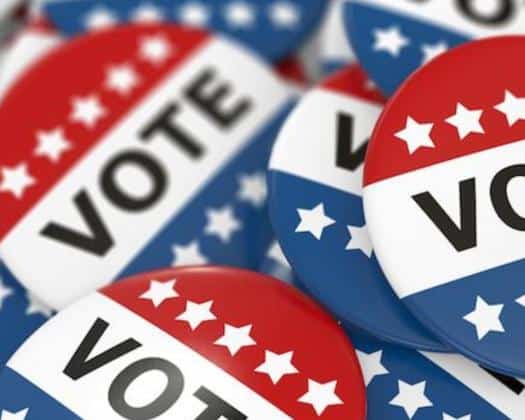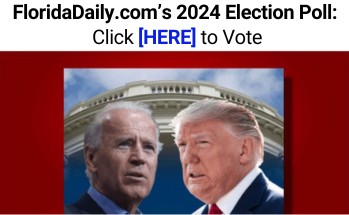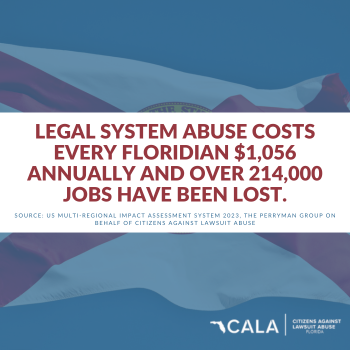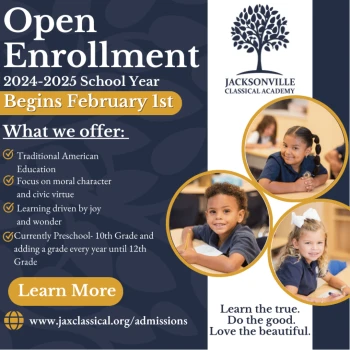Quick, tell me when your state’s primary was. Odds are, most Americans can’t.
Seems like democracy is much threatened these days, and yet no one seems to care much about voting in the most important elections in the country – the primary elections. While turnout has surged in general elections, up to 67 percent in the last presidential race, it has gone nowhere in primary elections, with most getting between 20 percent and 40 percent of voters to the polls. But there are simple reforms that could go a long way toward fixing the primary problem.
As more and more of the country is one-party territory, these primary elections really determine who governs in America and sets the ideological makeup of our leaders. Alexandria Ocasio-Cortez, one of the most outspoken members of Congress and a leader of the “squad,” was elected with fewer than 17,000 votes in a congressional district that has nearly 700,000 people. She was able to win by mobilizing a small number of activists while the average voter was sleeping. Turnout among eligible Democrats in that key race was 13 percent, similar to many primaries across the country. Even in this year’s hotly contested primary for squad member Ilhan Omar, only 27 percent of the voters turned out.
Not only are primaries scattered over 20-odd dates from March to September, but the big money flows to partisan efforts that operate under the guise of being nonpartisan. Many nonprofit civic groups today are just taxpayer-funded partisan efforts to register voters in favorable areas or redistrict for the benefit of one party. Former Democrat Attorney General Eric Holder’s National Redistricting Foundation uses litigation to challenge gerrymandering, but seemingly only where it hurts Democrats. Youth registration–focused Rock the Vote claims to be nonpartisan, but its president released a statement explicitly lamenting Trump’s 2016 victory. Donors simply care more about who wins rather than about making the process more open, fair, and democratic, letting the chips fall where they may.
In a slew of swing-state Senate primaries in May 2022 for elections that will likely determine control of Congress, well under half of eligible voters participated. While an estimated 60 percent of eligible Georgians voted in the January 2021 runoffs that won the Democrats the Senate, just 27 percent participated in the May 2022 primary for one of those seats. Herschel Walker won the Republican nomination by receiving 800,000 votes in a state of 7 million active voters. In Ohio, only 20 percent of eligible voters participated in the Senate primary in which J.D. Vance cleared the Republican field. In both Georgia and Ohio, voters can participate in any party’s primary.
Things were only slightly better in Pennsylvania’s Senate primary, where 32 percent of eligible Democrats and 39 percent of eligible Republicans chose progressive John Fetterman and Dr. Mehmet Oz, respectively, over more moderate alternatives in a state that is divided quite evenly.
And these are the turnout numbers in high profile races. An abysmal 13 percent came out to the New York Democratic primary for governor, where Andrew Cuomo’s replacement Kathy Hochul ran for her first full term.
Low primary turnout facilitates the rise of more extreme candidates who could not otherwise be elected by a full constituency. Those who vote in primaries, especially on the right, are more strongly partisan and ideological than other Americans, according to the Brookings Institute’s 2018 Primaries Project.
Less well-known but still powerful positions like district attorney are especially vulnerable to activist candidates in a low-turnout environment. For years, left-wing billionaire George Soros has quietly given millions to “reform-minded” DA candidates, including new Manhattan District Attorney Alvin Bragg. Now in charge of the criminal justice system of the nation’s largest city, Bragg won his office last year in an eight-way Democratic primary that attracted just 250,000 voters, or 29 percent of the eligible population.
Nonpartisan primaries in which all candidates run on the same ballot may encourage moderation, but they have not solved the turnout problem so far. In Alaska, Senator Lisa Murkowski, the only Republican who voted to convict Trump of impeachment and is facing reelection this year, has survived a Trump-backed challenger so far only because the open primary allowed them both to advance to the general election. Yet just 26 percent of eligible Alaskans participated. Similarly, the only two Republican representatives who voted to impeach Trump and have survived their 2022 GOP primaries both did so in top-two systems, where the ballot includes all candidates regardless of party. Yet turnout was still low – 19 percent in California Congressman David Valadao’s district and 37 percent in Washington Congressman Dan Newhouse’s.
So with all of the hullabaloo over every single placement of a drop box, there is no outcry about how American democracy has been undermined with confusing, little-known primary schedules that favor activists on both sides.
To fix these problems we need to take some urgent steps. First, we need to shine light on this low participation and information as a problem. Second, we should deny tax deductibility status to nonprofits that are carrying out one-party agendas and encourage the growth of nonprofits that want high voter participation in all elections by all voters. Third, we need to set three or four regional primary days in which groups of states all hold their primaries at the same time to cut down on all the confusion of 20 or more possible dates. Further complicating this are Democratic campaigns to meddle with the primary process by deliberately providing tens of millions of dollars to extreme candidates they oppose and hope will be easier to defeat in the general election. Though unlikely to be banned outright, this practice further undermines the primary process, and hopefully the parties will agree to end it in the name of a fair democracy.
More extreme candidates are increasingly winning political office across every level of the country well before Election Day, with the input of just a fraction of eligible voters. If calls for higher turnout are really about strengthening democracy, primaries deserve a lot more focus. The current trend of Americans flocking to general election polls but not primary ones suggests that those calls for turnout are more about partisanship than participation.
Mark Penn is worldwide CEO of Burson-Marsteller, a leading global public relations and public affairs agency, and President of Penn, Schoen and Berland, a strategic research firm. This article was originally published by RealClearPolitics and made available via RealClearWire.









